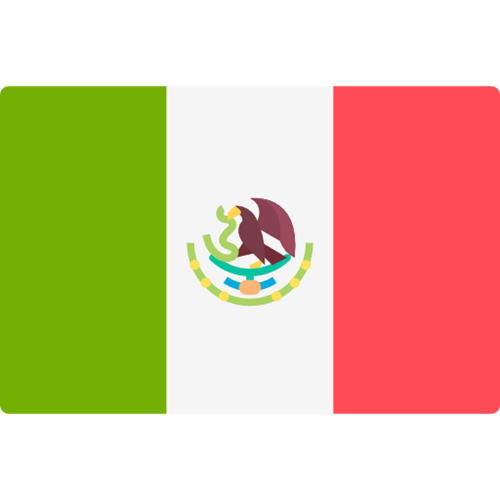Tracing the origin of chemical compounds from natural sources using stable isotope ratio analysis

A need for fair and ethical trade of these high value ingredients
By Eric Jamin, Eurofins Scientific Analytics, France
For traditional, ethical, or economic reasons, a given source of natural products of animal or vegetal origin can be preferred to another, and can therefore have a different price. European consumers favour the use of squalane and squalene (used especially in cosmetics) from vegetal sources such as olive oil, versus that from deep sea shark because the latter, although cheaper, is not a sustainable resource. In a different culture, the Japanese market favours the use of marine sources (mostly shark) against terrestrial ones such as pork or beef for the preparation of dietary supplements such as chondroitin sulphate (for treatment of osteoarthritis). Many other natural compounds can be added to this list, for example glycerol and heparin. In most cases there are no legislative requirements regarding the natural source to be used however, they can be mentioned in the labelling or in marketing claims, and mislabelling such products can be regarded as fraud. In order to maintain traceability and fair trade in the market, there is a need for analytical methods that can confirm a claimed origin.
When compounds are highly purified it becomes impossible to use DNA or protein tests to identify an animal or vegetal species, and trace impurities are not always present or significant. In such case the use of stable isotope ratio analysis is the only efficient means to differentiate chemically identical molecules having different origins. The stable isotope ratios of the organic matter are a fingerprint of the conditions that prevailed at the time of the biosynthesis of the product, and allow traceability to the origin.
It is thus possible for example to determine whether glycerol or squalane / squalene is from animal or vegetal origin, whether chondroitine sulphate was obtained from a marine or terrestrial animal, and whether heparin is from beef or sheep. This analytical procedure is routinely available from our authenticity competence centre based in Nantes (France) and tailor-made studies can be designed by our experts to apply the procedure to other similar market needs.
Contact: ericjamin@eurofins.com















































